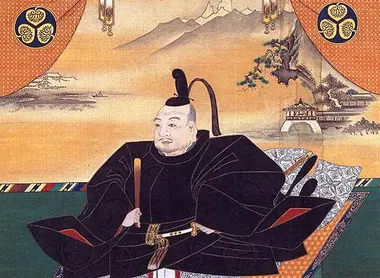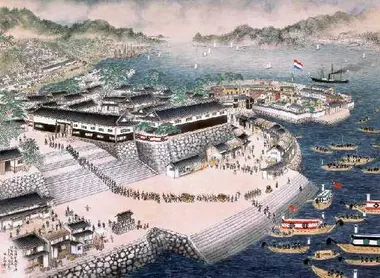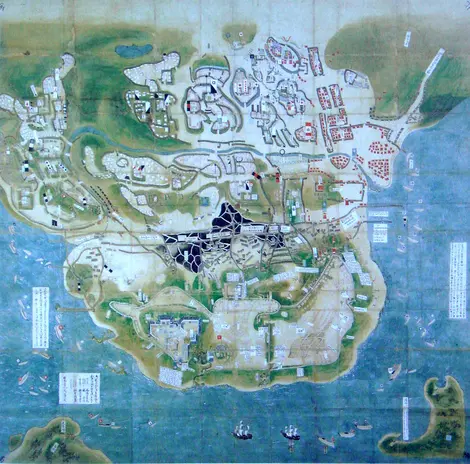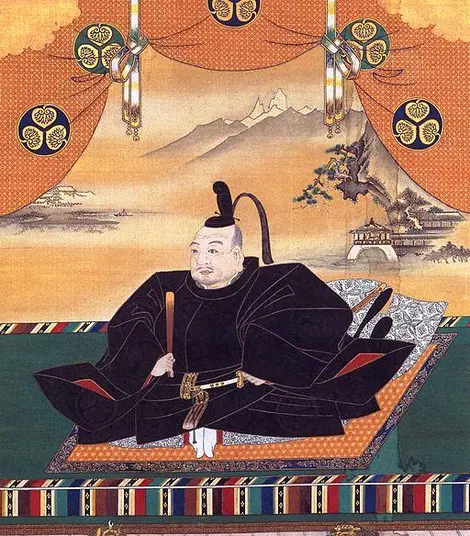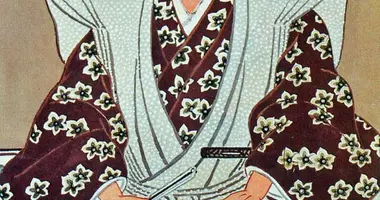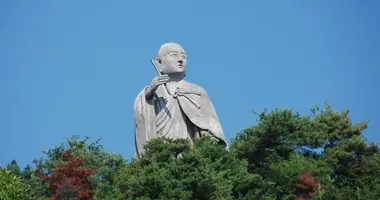Rangaku: transferring Western knowledge to isolated Japan
Rangaku, literally "Dutch studies", refers to the transmission of Western knowledge and technology to Japan during the country's period of isolation. Despite the Tokugawa shogunate's policy of closure, rangaku enabled Japan to keep in touch with scientific and technical advances from the outside world. This intellectual movement, which developed mainly in the 18th and 19th centuries, played a crucial role in Japan's rapid modernization after its reopening. Through the study of Dutch books and artifacts, Japanese scholars were introduced to Western medicine, science and technology, laying the foundations for the country's spectacular development during the Meiji era.
Rangaku definition and historical background
Rangaku was born in the context of the policy of isolation (sakoku) instituted by the Tokugawa shogunate in 1639. This policy aimed to drastically limit contact with foreigners, in particular to curb the influence of Christianity. However, an exception was made for the Dutch, who were allowed to maintain a trading post on the artificial island of Dejima, in the port of Nagasaki.
It was through this unique point of contact that Western knowledge was able to penetrate Japan. The term "rangaku" literally means "Dutch studies", as Dutch was the only Western language accessible to the Japanese at the time. The scholars who devoted themselves to these studies were called "rangakusha".
Rangaku developed gradually from the mid-17th century onwards, but reached its peak in the 18th and early 19th centuries. This period saw the emergence of a genuine community of researchers with a passion for Western science and technology, despite official restrictions.
The fields of knowledge covered by Rangaku
Rangaku introduced the Japanese to many Western scientific and technical fields:
- Medicine: The study of Western anatomy and surgical techniques revolutionized medical practice in Japan. Works such as the "Kaitai Shinsho" (New Treatise on Anatomy) introduced European anatomical knowledge.
- Astronomy and geography: rangakusha gained access to more precise knowledge of the solar system and the shape of the Earth.
- Physics and chemistry: Concepts such as electricity and chemical elements were introduced.
- Botany: the study of plants using Western methods enriched Japanese knowledge.
- Various technologies: Rangaku led to the discovery of innovations such as microscopes, telescopes and glassmaking techniques.
This diversity of fields testifies to the intellectual curiosity of rangakusha and their desire to acquire practical knowledge for the development of Japan.
Rangaku's main players and locations
Several figures have marked the history of rangaku:
- Sugita Genpaku (1733-1817): Pioneering physician who contributed to the translation of "Kaitai Shinsho".
- Hiraga Gennai (1728-1780): polymathic scientist interested in many fields, including electricity.
- Ōtsuki Gentaku (1757-1827): Author of important works on rangaku and founder of a school in Edo.
- Philipp Franz von Siebold (1796-1866): German physician in the service of the Dutch, who played a crucial role in the transmission of Western knowledge.
The main centers of rangaku study were :
- Nagasaki, where the Dutch trading post of Dejima was located
- Edo (present-day Tokyo), where many scholars established private schools
- Osaka, which became an important center for Western medical studies
These places played a crucial role in spreading the knowledge acquired from the Dutch throughout Japan.
The evolution and phases of the Rangaku movement
Rangaku underwent several evolutionary phases:
- Initial phase (1640-1720): Period of limited, controlled contact, centered on Nagasaki interpreters.
- Expansion phase (1720-1830): Relaxation of restrictions, translation of numerous Western works, development of private rangaku schools.
- Mature phase (1830-1853): Deepening of knowledge, beginning of original scientific production by rangakusha.
- Final phase (1853-1868): Japan is forced to open up, and rangaku becomes less relevant in the face of a direct influx of Western knowledge.
This evolution reflects changes in the shogunate's policies and the Japanese people's growing interest in Western science. The final phase coincides with the end of the Edo era and the transition to the Meiji era.
Rangaku's impact on Japan's modernization
Rangaku had a considerable impact on Japan's modernization:
- It ensured that Japan was not technologically outdated when it was forced to reopen in 1853.
- The knowledge acquired facilitated therapid adoption of Western technologies during the Meiji era.
- The rangaku trained an intellectual elite open to Western ideas, which played a key role in the country's modernization.
- It contributed to theimprovement of medical techniques and the introduction of Western medicine to Japan.
- Linguistic studies linked to rangaku facilitated thesubsequent learning of other Western languages.
These achievements played a crucial role in Japan's rapid transformation into a modern power at the end of the 19th century.
The limits and demise of Rangaku
Despite its importance, Rangaku had significant limitations:
- The language barrier: Only a small number of Japanese were fluent in Dutch.
- Official restrictions: although more flexible over time, they still limited the spread of knowledge.
- Limited access to sources: rangakusha relied heavily on books and objects brought by the Dutch.
- Lack of context: Without being able to directly observe Western society, certain concepts remained difficult to fully understand.
The end of rangaku came with theforced opening of Japan in 1853 by Commodore Perry. From then on, direct access to Western knowledge rendered the indirect approach to rangaku obsolete. The Bakumatsu period (1853-1868) saw a rapid transition to direct exchanges with various Western nations.
Rangaku's legacy in modern Japan
Although rangaku came to an end with the opening up of Japan, its legacy remains important:
- It paved the way for the rapid modernization of the Meiji era by familiarizing Japan's elites with Western concepts.
- Thespirit of openness and curiosity cultivated by the rangakusha influenced the Japanese approach to learning and innovation.
- The institutions and networks created for the study of rangaku facilitated the subsequent adoption of Western knowledge.
- The scientific vocabulary developed by rangakusha still forms the basis of modern Japanese scientific language.
The legacy of rangaku can be seen in Japan's ability to adopt and adapt foreign knowledge while preserving its cultural identity. This approach, initiated during the Edo era, continues to influence the way Japan interacts with foreign innovations, as evidenced by its current status as a world technological leader. Rangaku thus remains a fascinating chapter in Japan's history, illustrating the thirst for knowledge and ingenuity that enabled the country to transform itself rapidly despite its prolonged isolation.


